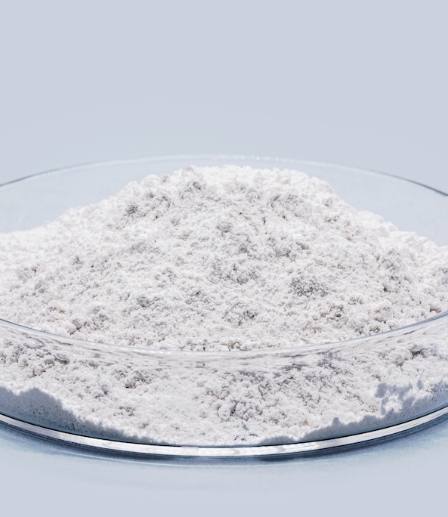
Draslovka's Glycine Leaching Technology (GLT) is a patented solution revolutionizing the mining industry by addressing its most pressing challenges. GLT stands out as a safer, more environmentally conscious, and cost-effective metal extraction method compared to current alternatives. Our technology is designed not just to enhance operational efficiency but also to extend the lifespan of mining assets. It allows for the reduction of cut-off grades and enables the recovery of valuable metals from tailings, thereby maximizing resource utilization and minimizing environmental impact. This innovative approach positions Draslovka at the forefront of sustainable and efficient mining solutions.

Draslovka's Glycine Leaching Technology (GLT) is at the forefront of producing precious metals and critical minerals in the most environmentally sustainable and cost-effective manner. Central to GLT's effectiveness is glycine, an economical, non-toxic amino acid, fully biodegradable and recognized for its environmental friendliness. Notably used as a food additive for both humans and animals, glycine is an inherently stable reagent that is readily metabolized by living organisms and plants.
What sets glycine apart in the mining industry is its ability to selectively leach specific base and precious metals. This unique feature is further enhanced by the fact that glycine is not chemically depleted in the process, allowing for its recovery and reuse, which translates into significant cost savings. This patented technology from Draslovka is a game-changer, empowering clients to achieve their operational goals while concurrently reducing their environmental footprint.
Partner with the recovery innovation experts as you journey towards sustainable mining.
GlyCat™ enables an average reduction in processing costs of 25%. It also provides significant ESG benefits by replacing the majority of cyanide with a non-toxic, biodegradable reagent called Glycine which is commonly used as a food additive.
With GlyLeach™, production is significantly improved by replacing acid with a non-toxic, food-grade reagent. This unlocks significant new production from previously unviable deposits.


